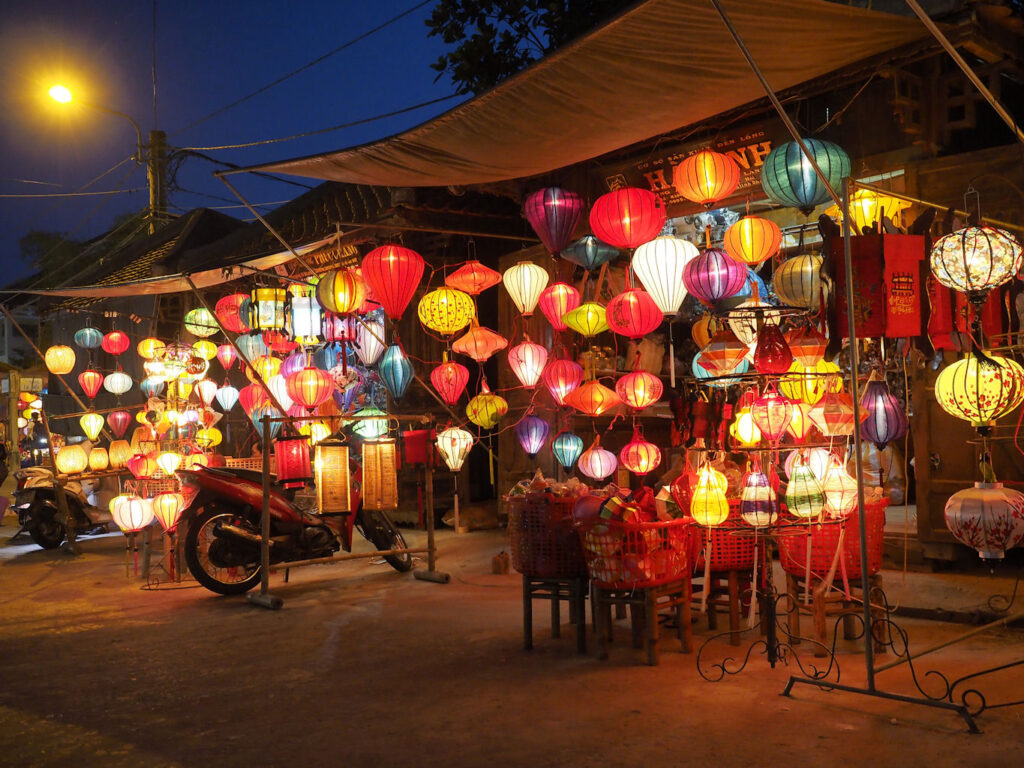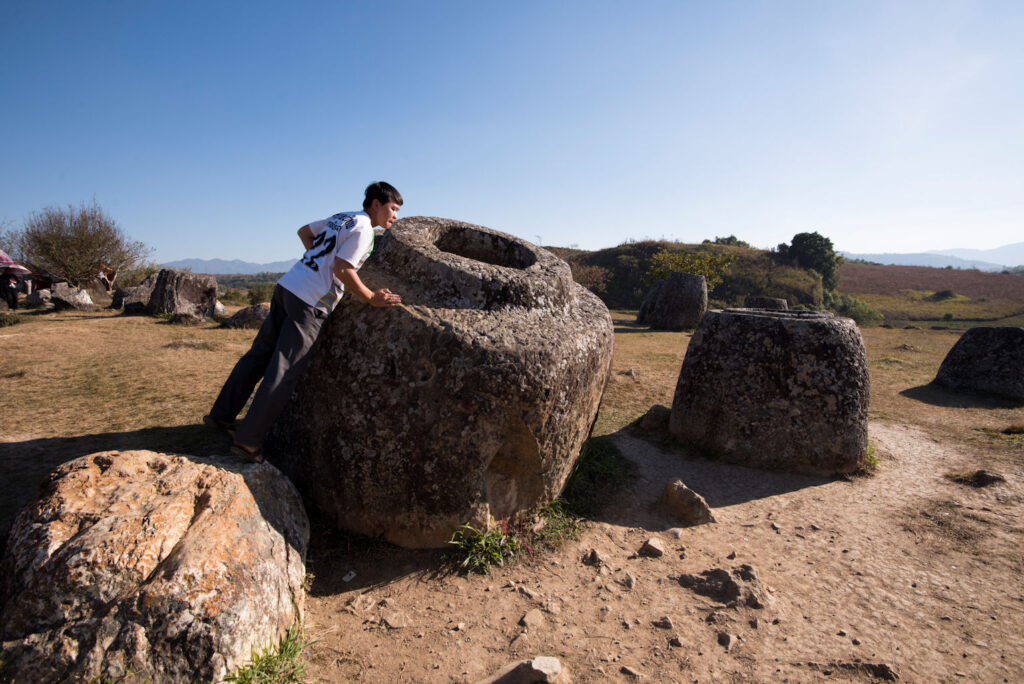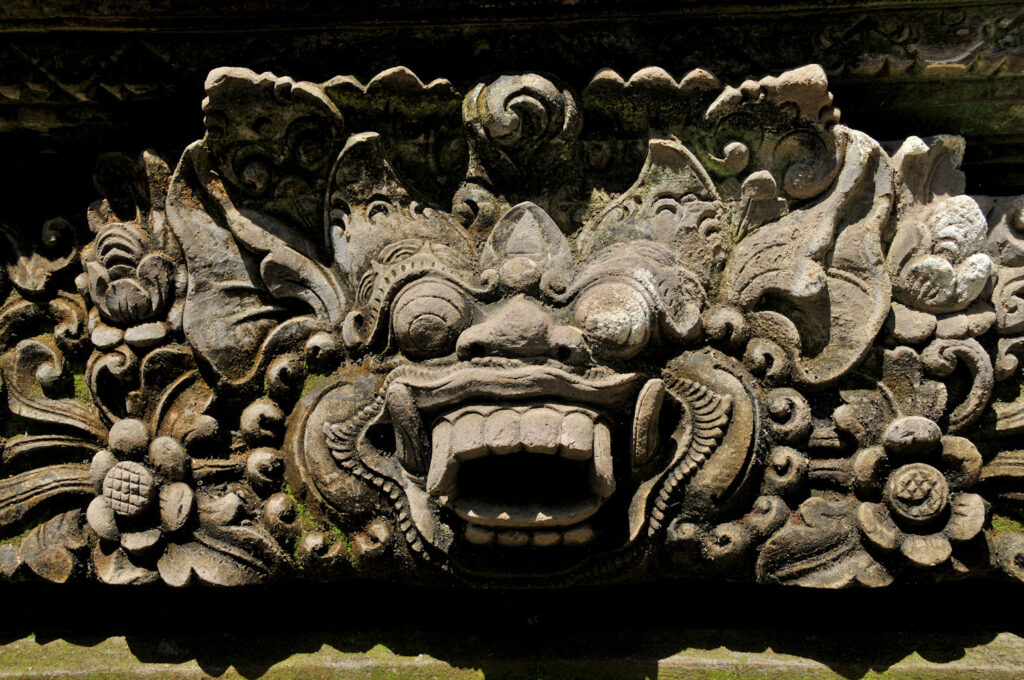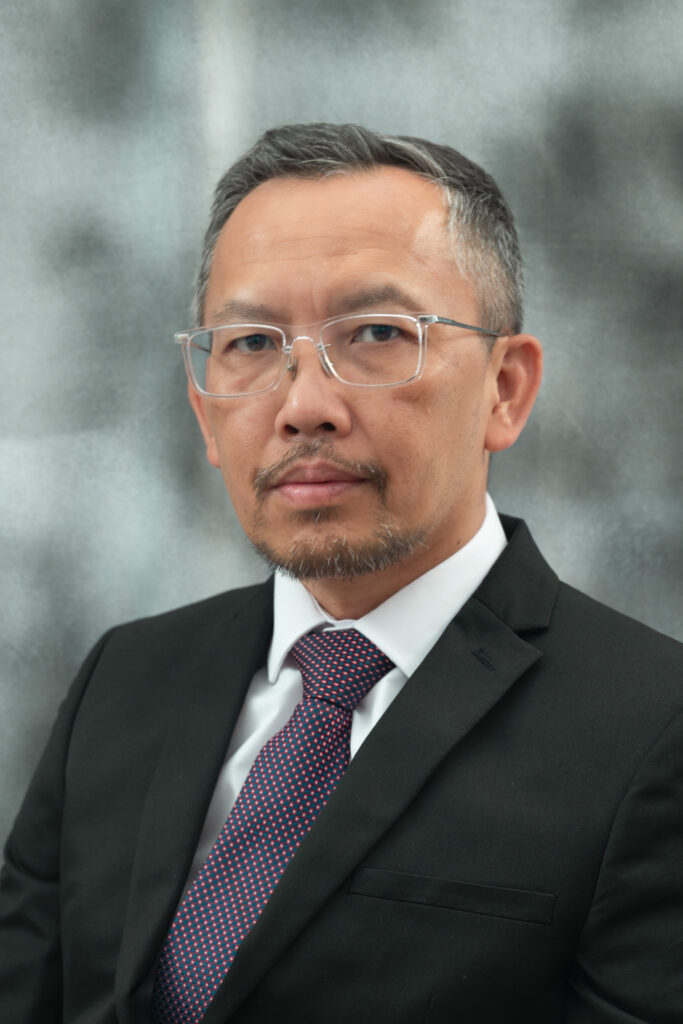Eddy Krismeidi has been watching the changes and development in tourism in ASEAN since more than 20 years ago, currently as the President of the ASEAN Tourism Association (ASEANTA) and formerly as an officer at the ASEAN Secretariat. Eddy actively promotes tourism cooperation among ASEAN countries, fostering cultural exchange, collaboration, and mutual understanding among the people to strengthen regional ties.
Tourism development in ASEAN
– Can you tell us about tourism development in ASEAN in the past 50 years?
The development of tourism in ASEAN began in the 1970s with the establishment of the collaboration between private sectors and governments, known as the National Tourism Organization (NTO), in 1971. This collaboration later evolved into the ASEAN Tourism Association, now known as ASEANTA, which formalized the cooperation among ASEAN countries. In 1976, the ASEAN Tourism Community was established, further strengthening the cooperation.
To enance cooperation, the ASEAN Tourism Forum was established in 1981 and continues to this day as an annual gathering for businesses in the tourism industry within ASEAN and the governments of ASEAN countries.
In 1986, the ASEAN Tourism Information Center office was established in Kuala Lumpur.
Since 2004, tourism was recognized as a tool for ASEAN to achieve greater integration, and in 2011, the ASEAN Tourism Strategic Plan was introduced to promote collaboration among ASEAN countries.
Since then, many ASEAN countries have not only focused on promoting themselves but have also sought to collaborate with neighboring countries, leveraging their respective potential products to cooperate with one another. For instance, Vietnam collaborates with Laos, Cambodia, and Thailand to offer travel packages that span all four countries. This practice has laid the foundation for countries to work together in attracting tourists.

– What kind of projects have you undertaken to strengthen the ties among ASEAN countries?
I have participated in various projects with ASEAN-Japan Centre, where my role involved facilitating and enabling teams to travel to different countries and conduct diverse projects and training sessions.
In 2015, I was involved in promoting the ASEAN single efficient market in Japan, which aimed to attract people to travel within ASEAN, not limited to a single country. Travelers typically enjoy short-term holidays, but they can still explore multiple countries within the ASEAN region. We received a positive response, which encourages me to hope that in the future, there will be an increasing number of Japanese travelers visiting ASEAN.
In 2008, the ASEAN National Tourism Organizations (NTOs) collaborated to collect videos from ASEAN countries, which were combined to launch a project promoting tourism within ASEAN.

Tourism in Japan
– Why do you think Japan attracts more ASEAN tourists than before?
Back in 2000, only 500,000 people visited Japan. However, in 2019, the number skyrocketed to 5.6 million people, marking a tenfold increase in just 20 years.
The ASEAN countries have experienced a booming middle-class income, which has motivated people to start traveling, initially to their neighboring countries. For them, traveling abroad is seen as a significant achievement. Subsequently, they aspire to explore countries that are further away but not too distant. In this regard, Japan is an appealing choice. Among the ASEAN countries, Thailand, Malaysia, Indonesia, Singapore, and Viet Nam have emerged as the top five markets for Japan.
The second factor contributing to this trend is improved connectivity. Airlines now offer more affordable airfares for domestic and regional travel, which has encouraged people to embark on more journeys. Japan, being a popular destination among ASEAN residents, benefits from this increased connectivity. Moreover, local businesses often provide discounts or free tickets on specific dates, further incentivizing people to visit Japan.
– Tourists do a lot of shopping in Japan. What are your thoughts on Japanese souvenirs?
Personally, my preference lies in acquiring souvenirs that truly embody the authenticity and essence of the countries I visit. When I travel, I make a concerted effort to seek out items that reflect the unique craftsmanship and heritage of the destination. However, it is difficult in finding locally made souvenirs, as the market is often saturated with products manufactured elsewhere.
The primary purpose of souvenirs is to contribute to the growth and well-being of local communities by providing a means for them to showcase their products to visitors. Consequently, it becomes paramount to prioritize souvenirs that are locally produced within the country of origin. By doing so, we can directly support the skilled artisans and craftsmen who pour their hearts and soul into creating these meaningful keepsakes.
I believe Japan is still upholding this tradition compared to other countries. However, as a consequence, prices may be higher when purchasing souvenirs in Japan since they are labeled as “made in Japan.” Nevertheless, I believe this is something we should appreciate more because these souvenirs possess a unique quality that cannot be found elsewhere. While it may be challenging to find such uniqueness in other countries, Japan continues to maintain this aspect, which is something we should strive for.
Sustainability of Tourism – The Future of Tourism

– How does Indonesia preserve its diversity and its culture while receiving many tourists?
Indonesia preserves its diversity and culture through various means. With its vast archipelago of 17,500 islands, many regions within the country continue to maintain their unique cultural traditions. Indonesians celebrate and cherish their diverse cultures, recognizing the importance of respecting and preserving their individual uniqueness. This cultural richness provides opportunities for tourists to experience a wide range of events and festivities.
For instance, traditional funeral ceremonies, common in Southeast Asia, are still observed in places like Bali. Even among Indonesians residing outside of Bali, they strive to uphold and preserve this cultural practice. Such traditions become part of their identity and are passed down through generations.
Moreover, Indonesia is home to various ethnic groups, and each group may have its own distinct customs, traditions, and benefits. This diversity allows different ethnic communities to complement and learn from one another, fostering a harmonious coexistence and appreciation of the nation’s cultural wealth.
Overall, Indonesia’s commitment to celebrating and preserving its diverse cultures helps maintain its cultural heritage, attracts tourists, and fosters mutual respect among its people.
– Can you tell us about the sustainable tourism and ecotourism trends in ASEAN?
From 2010 onwards, ASEAN has developed several standards to assess the implementation of sustainability in collaborative efforts. One notable example is the establishment of criteria for recognizing sustainable communities, which serves as the foundation for sustainable tourism. This practice has gained recognition among many ASEAN countries, leading to the establishment of the ASEAN Sustainable Tourism Awards. These awards promote destinations that demonstrate sustainable tourism practices.
The increased focus on sustainability, especially in the context of the pandemic, highlights a growing willingness to contribute to sustainable tourism practices. It is important to continue raising awareness and encouraging greater participation from both organizations and individuals to ensure the long-term success and impact of sustainable tourism efforts in ASEAN.

Eddy Krismeidi
President of the ASEAN Tourism Association (ASEANTA). Head of Indonesia AirAsia, Indonesia Affairs and Policy. Has been actively advocating for the recovery of the tourism and travel industries in the region. Provide support for Indonesia AirAsia particularly in government-related operations and strategic business development and partnership including necessary coordination with key stakeholders.
Interview and text: Mimi Le
Photos: ASEAN-Japan Centre Photo Library


